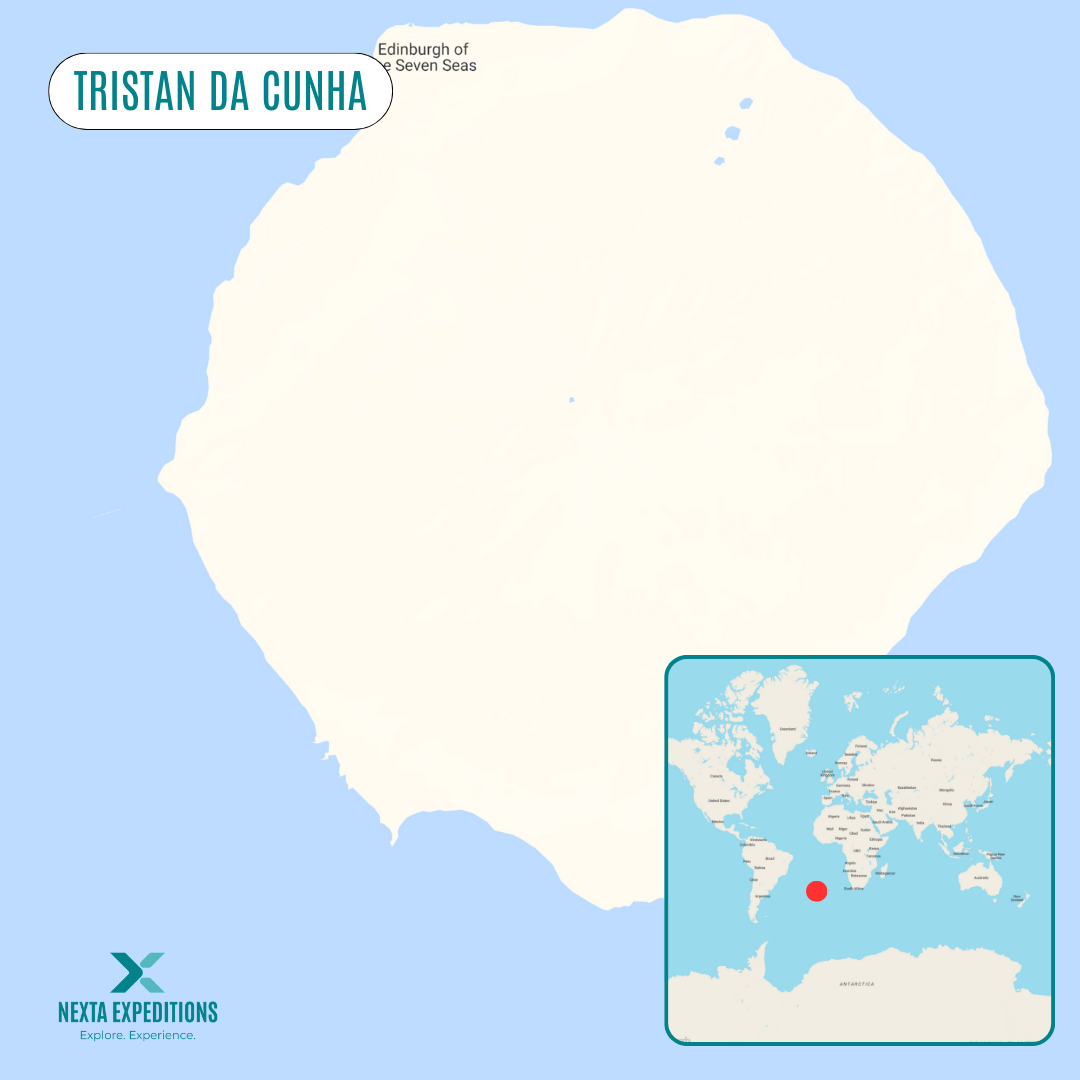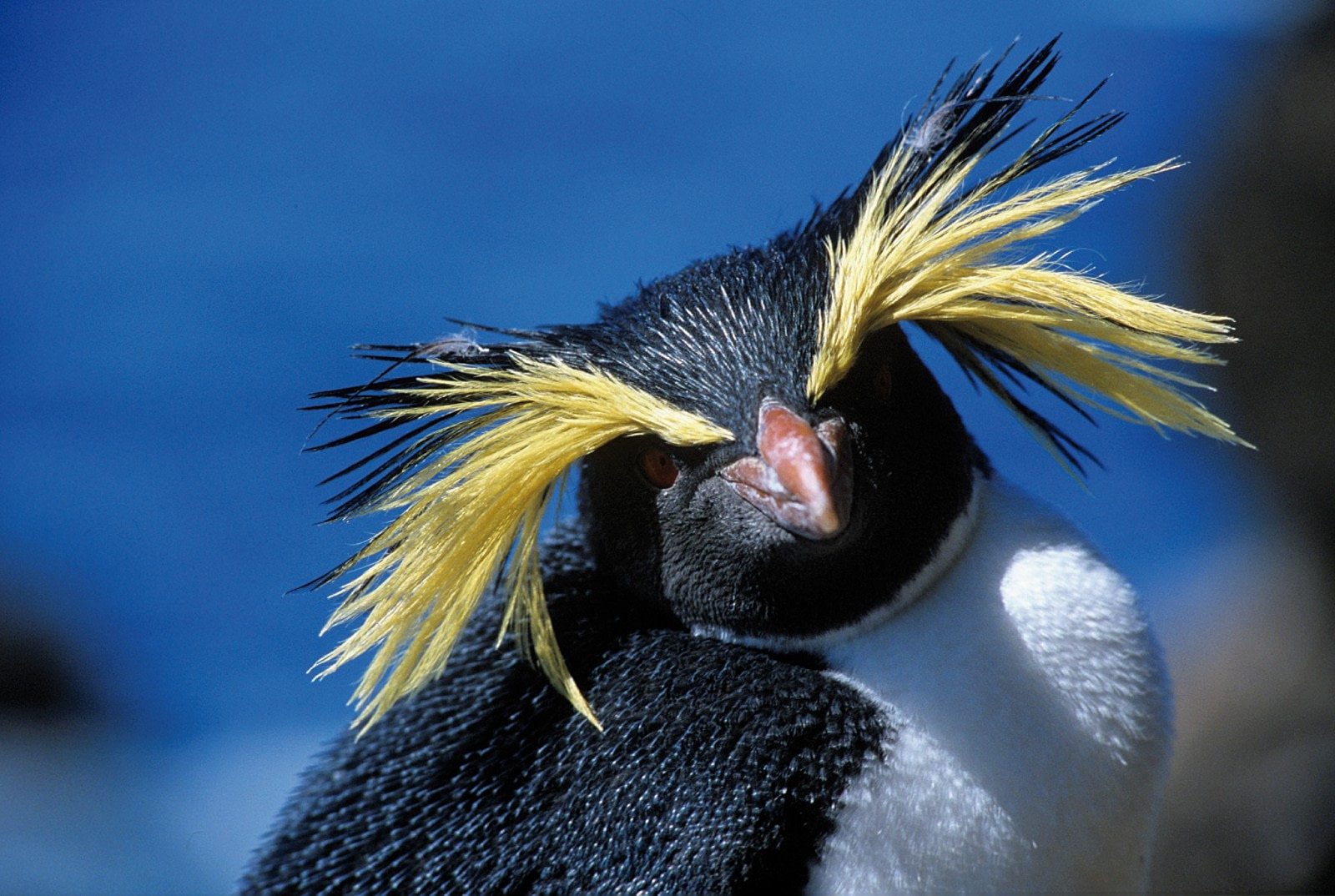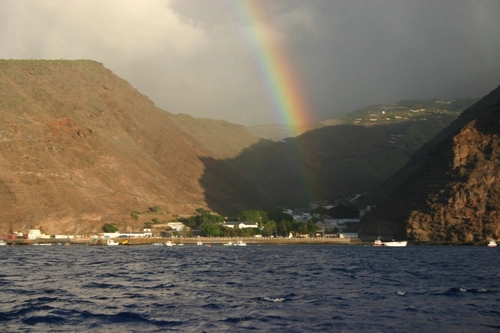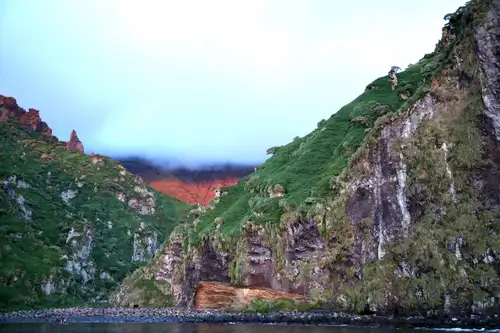Tristan da Cunha is a truly unique destination, an active volcano where people live, nestled in the middle of the South Atlantic Ocean. Often referred to as the most remote inhabited island in the world, Tristan da Cunha is not just about isolation—it's a place rich in culture, natural beauty, and abundant wildlife.
Imagine living on an active volcano in the middle of the ocean. That’s the reality for the residents of Tristan da Cunha. This island, part of a small archipelago, stands alone about 2,400 kilometers (1,500 miles) from the nearest inhabited land, Saint Helena, and more than twice that distance from the shores of South Africa. Its remoteness is one of its defining characteristics, making it a fascinating place to explore.
The culture of Tristan da Cunha is as unique as its geography. With a population of just under 300 people, the island community is close-knit and self-sufficient. The residents, known as Tristanians, have developed their own distinct culture, heavily influenced by their British heritage but also shaped by the island’s isolation and the necessity of relying on each other. Traditional crafts, music, and storytelling are important aspects of life here, and visitors can get a rare glimpse into a way of life that has remained relatively unchanged for decades.
One of the most remarkable aspects of Tristan da Cunha is its stunning natural beauty. The island is dominated by Queen Mary’s Peak, the volcano that reaches 2,062 meters (6,765 feet) above sea level. The rugged landscape is covered in lush green vegetation, with dramatic cliffs plunging into the Atlantic Ocean. The scenery is breathtaking, and the sense of isolation only enhances the feeling of stepping into another world.
For nature enthusiasts, Tristan da Cunha is a paradise. The island is home to a large number of seabirds, many of which breed there. It’s one of the most important bird conservation areas in the world. You can spot species such as the Atlantic Yellow-nosed Albatross, the Tristan Albatross, and the Northern Rockhopper Penguin. Birdwatchers from around the globe dream of visiting Tristan da Cunha to see these birds in their natural habitat. The island’s remote location and limited human impact have helped preserve its rich biodiversity.
Despite its remote location, Tristan da Cunha is not completely cut off from the rest of the world. The island has a small port and an airstrip, and supply ships regularly make the journey from South Africa, bringing goods and visitors. The journey to Tristan da Cunha is an adventure in itself, often involving a long sea voyage. But for those who make the effort, the rewards are more than worth it.
Life on Tristan da Cunha is certainly not without its challenges. The island’s isolation means that the residents must be resourceful and resilient. They rely heavily on agriculture, fishing, and the limited tourism that reaches their shores. The community is largely self-sufficient, producing much of their own food and maintaining their own infrastructure. This independence fosters a strong sense of community and cooperation among the islanders.
One of the most fascinating aspects of visiting Tristan da Cunha is experiencing the sense of timelessness that pervades the island. Without the constant buzz of modern life, time seems to move at a different pace. Visitors often find themselves slowing down, appreciating the simple pleasures of life, and connecting more deeply with nature and the people around them. It’s a chance to step back from the hectic pace of the modern world and experience a more grounded, connected way of living.
For those interested in adventure and exploration, Tristan da Cunha offers plenty of opportunities. Hiking to the summit of Queen Mary’s Peak provides stunning views of the island and the surrounding ocean. Exploring the coastline, with its hidden coves and dramatic cliffs, is another highlight. And for those interested in the island’s history, there are plenty of stories to uncover, from the early settlers to the impact of the island’s volcanic activity.








 24 Days / 23 Nights
24 Days / 23 Nights

